Jean Harlow and the Bear Skin Rug for Vanity Fair – Lighting Diagram
July 21, 2010 by Darkman
Filed under All Articles, Featured, George Hurrell, Hollywood Glamour Lighting, Hollywood Glamour Photography, Hurrell Style, Jean Harlow, Lighting Diagrams, Videos and Tips
The classic Iconic image by George Hurrell of Jean Harlow on the Bearskin rug, is a classic that many photographers equate to the quintessential Hollywood Glamour. It’s really not that hard to reproduce if you know where the lights are coming from. All you need is a Polar Bear Skin rug(good luck). The lighting is the easy part.
The negative sold for about $57,000 recently in the largest auction of George Hurrells works by Epstein and Schwimer. I would love to have a copy of that negative.
So if you take a look at my diagram you can see where I have set the lights for the photograph, and in the second and third images I will point out to you why it is and how I know.
The hairlight which is on a boom and above Jean Harlow, this is easy to tell by the shadow direction of this light(fresnel) and how it falls onto Harlow in a tight pattern around her indicating it is a mid level tight focus, and above her.
The next light is a narrow focus photo flood light to the right of the camera at about 90 degrees from the subject, also indicated by the light shining on her left side of her body to camera right. Also see the bears nose for highlights. This lamp is low to the ground, pointing slightly up at Harlow.
The third light, called the Key light is also a flood, but set to wide, and more of a fill light than a key light. Take note of the catch lights in Harlows eyes, and the lightness of the shadows on her ribcage, the back of her right arm and let hand, and her face. This light is slightly higher than the second light, and set to wide to soften and lower the brightness, so as not to remove or blowout the shadows, but rather to open them up, so the camera can get that shadow detail.
This image is Hurrells signature dramatic lighting which is accomplished by painting or composing with light, rather than blast with light. A little here, and a little there. until the perfect balance is met. Some would say the brighter parts of the image are her hips and the left side of her face, drawing attention away from the face, but instead, it frames the face.
As with many of Hurrell’s works, he the broke rules. To him there were no rules. This is what made Hurrell different, stand out and noticed. Not just by clients but by other photographers as well.
The other reason I know where the lights go is in the book “The Hurrell Style: 50 Years of Photographing Hollywood“, it’s documented where the lights are, as Hurrell took extensive notes on his setups and layouts. That book is available here, at Amazon.Com.
The light is shining on her left side to camera right, also see the bears nose for highlights.
Take note of the catch lights in Harlows eyes, and the lightness of the shadows on her ribcage, the back of her right arm and let hand, and her face.
How was this post? Good? Bad? Or?
Please leave a comment below!
Check out the list of recommended
Hollywood Glamour Photography
Books and Videos Here

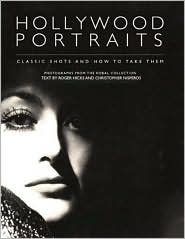
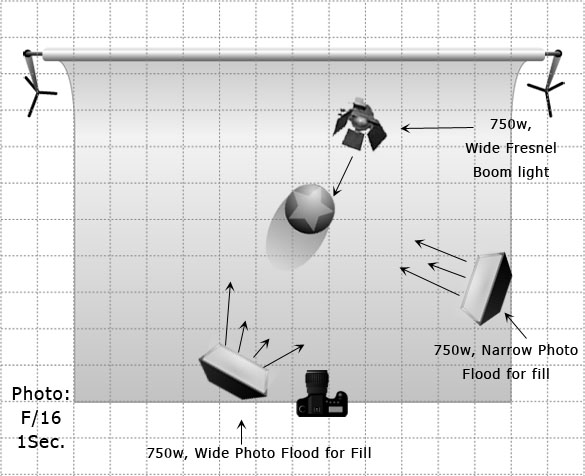
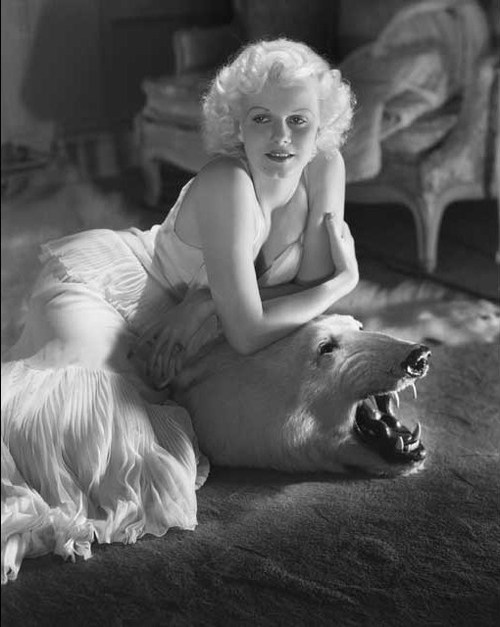
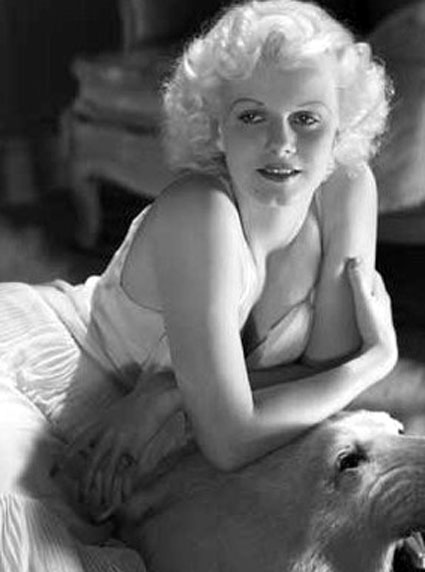
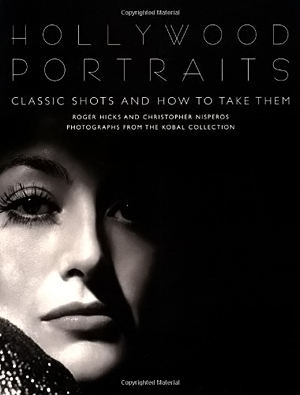
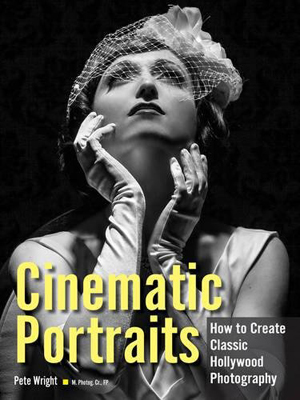
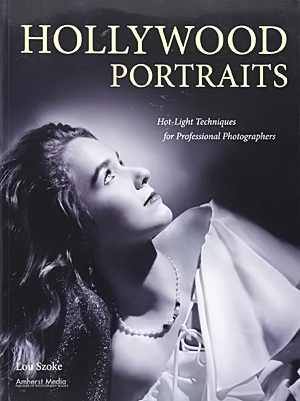
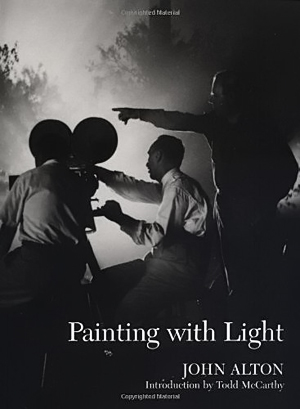
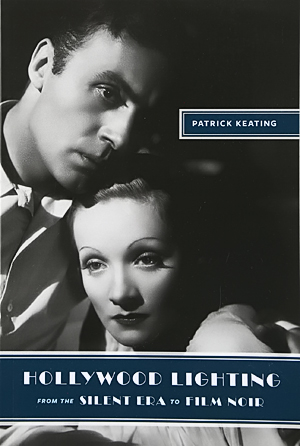

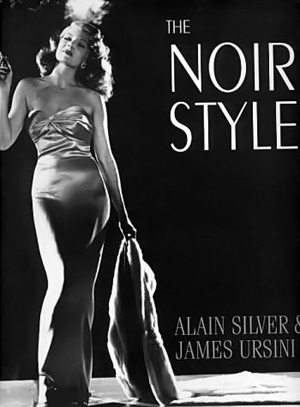
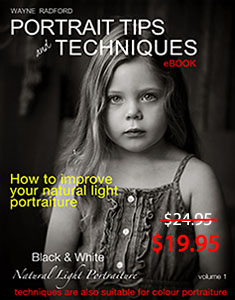

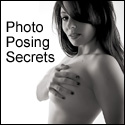
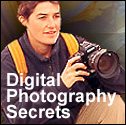




Wonderful choice of photo to discuss. Clearly you have described accurately where the lighting is coming.
I think it is important, however, to discuss the intensity of the lights and therefore how you labelled them. I suggest that the main light (or key light) is the soft-box on camera right. That would make the overhead boom light a super hair /rim light. I say “super” because it is doing much more than hair or rim. I prefer to just label some lights with respect to where they are and that light is a high back-light. As with many back-lights it is brighter than the main light. (by the way it is really important to note the light on the face and neck area – that is mostly coming from the main light.
The third light (left side of camera in front of model) is definitely a fill light. I heard Joe McNally recently define a fill light as one that you do not know is there until it is turned off. That is exactly what the left side light is doing.
So the upshot of my comments is that these lights were all different intensities as well as different qualities – which I won’t go into.
Kevin
Yeah Kevin, you really don’t know what you are talking about when it comes to Hurrell type photography. He didn’t use Softboxes, they didn’t have them back then. Joe Mcnally is a great photographer, but his style is totally different. You might try picking up one of Hurrells books which label the lights and learn the difference between Hollywood Glamour photography from back in the day, to the photography you are trying to impose on people.
Your labeling is all wrong. Sorry to say but when you talk my shop, you better know what you’re talking about or I’m gonna call you on your shit.
🙂
Larry
Wrong wrong wrong, Hurrell said his most important light was his boom light (which arguably he invented) and all other lights worked around that, in some of his pictures you can clearly see he is turning the focus knob on the back of his lights to either flood or spot.
Not sure where it is you think I am saying it’s not. I’m in fact not saying anything is important here just laying out the structure of the lighting.
Larry
The reply was aimed at the guy Kevin, he obviously has not read anything about Hurrell, and I have to agree with your synopsis on Hurrell Darkman, although I might not have put it so bluntly lol.
Hi Larry,
I can’t say anything at the moment about the technical aspects. I am simply blown away by the photo. It is the first time I’ve seen it.
What a truly magnificent image.
Oh, and of course it must be a faux polar bear rug. Yeah, right, in those days they used the real thing without thinking twice.
Thanks for the photo.
I will now go back and read your analysis of the lighting.
Michael.
Darkman your description of the lighting is completely different to your diagram.
Quote: “The next light is a narrow focus photo flood light to the left of the camera at about 90 degrees from the subject”
yet in your diagram the narrow focus flood light is at the right of the camera??
So which is correct the diagram or the description?
Very confusing…
thanks for catching that, it’s camera right, not left. Thanks